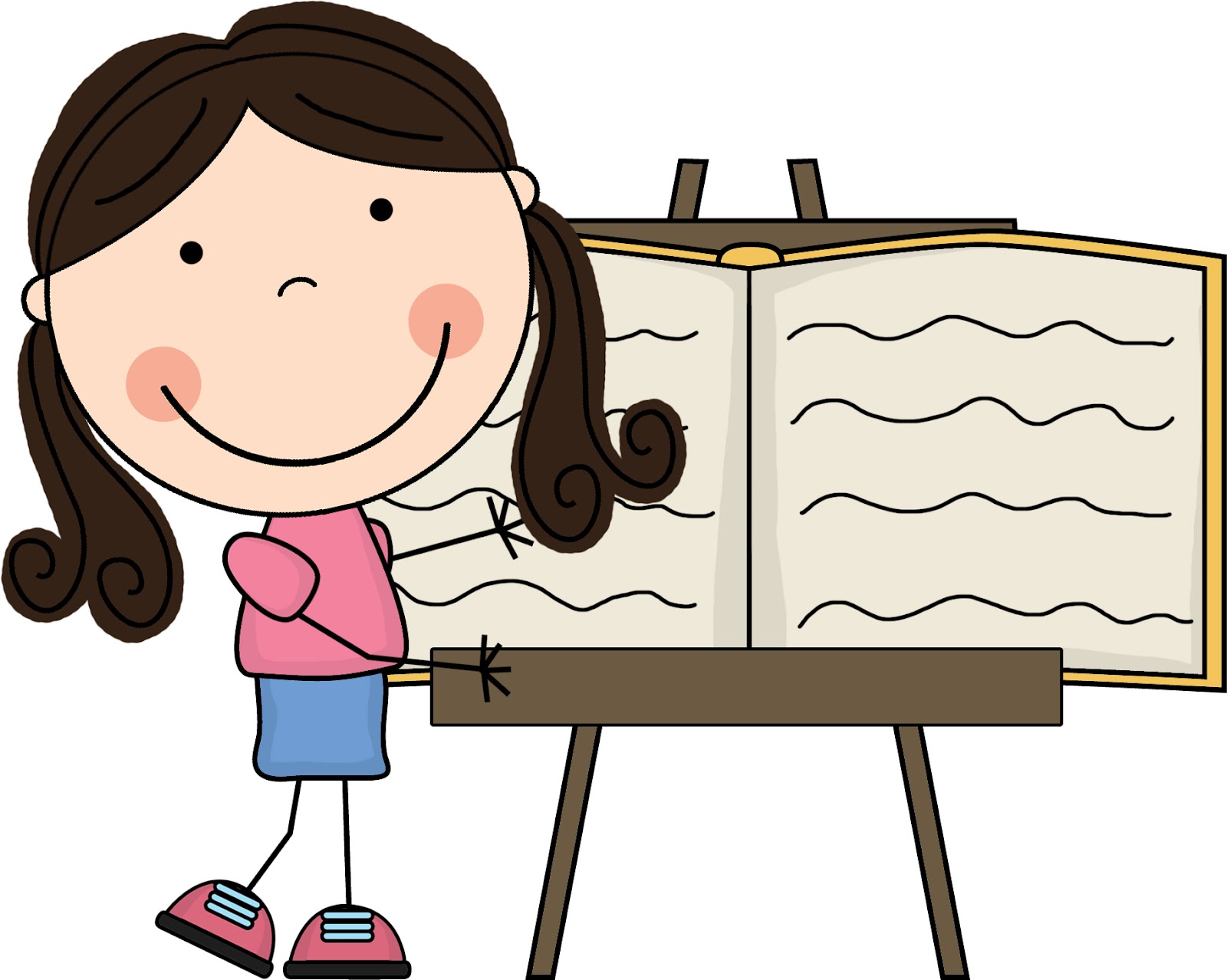More than 100 Creative Ways to Teach Geography
I never realized that
there were so many different and creative ways a teacher can approach the
subject of Geography. Out of all the 100 creative ideas shared on eclass, some
of my favorites were:
v "Google Earth
Trip" -Box/tub/bucket full of slips of paper, each with a world city,
landmark, or destination...first student to pack away gets to pick out a slip
of paper, and you fly there as a class in Google Earth.
Ø I love this idea
because it allows the class to see a place anywhere in the world without even
leaving their classroom. I especially like this idea since some students may
never have the opportunity to travel out of the country, and with this activity
they can at least get to see a location with the accuracy that Google Earth
allows.
v
“Go
Local”- Ask students to walk for five minutes in different direction from their
homes, school, etc. After five minutes, they take a picture of what they can
see at their ‘destination’. Students can produce a simple photomontage, perhaps
annotated and linked to a map or a class or group could link photos together.
Ø This is a creative
idea as it allows for students to explore geography right in their own
neighborhood. This concept also teaches students to observe all that is around
them and appreciate local beaut.
v
“Can
of Worms”- When a controversial topic is discusses, it is often said that it “opens
up a can of worms.” Make a tin and print off thin strips of pink card each one
with statement relating to the topic-fill the tin, students take a worm, and
have to talk about the contents for 1 minute-vary the difficulty of the worms.
Ø This is a creative idea
as students do not know what topic they will have to discuss which will allow
for honest answers. It can also be a literacy teachable moment as the teacher
will be able to explain the saying “can of worms” and how it is a figure of
speech.
v
“Sing
it”- Ask students to adapt the lyrics of a nursery rhyme to fit an issue or the
development of a physical feature. For example Old MacDonald updated to reflect
current issues in farming.
Ø This is a fun way for
students to think creatively and apply the subject of English. It also offers a
way for them to remember a topic easier by applying it to a catchy tune.
v
“Warm
Up Maps” – I have a stock of A5 maps of the world, Europe, UK and other
continents and countries with up to ten boxes with place names around the
outside. These are on desks when students enter the room and they simply draw
arrows to connect labels to locations.
Ø An important part of
geography is maps and how to properly label one. This is a good activity in
order for students to study locations on a map of a certain country or region.
v
“Adopt
a Webcam” –Regular ‘visits’ to the same location give pupils an excellent
impression of the changing seasons and a real familiarity with a distant
location. Start with S Georgia-seals and penguins from Nov to March, snow and
ice as now in the S Hemi winter.
Ø This is a creative
activity that allows students to learn about a location without just reading about
it or looking at pictures but by watching live footage of that location in
order to actually get an idea of the area.
v
“Before,
Before, After, After” – Choose an image and ask pupils to consider what
happened before the picture was taken and what will happen in the future. You
can choose the time ranges. E.g. 10 years before.
Ø This is a good
project as it allows for students to apply their knowledge of geography and the
environment in order to think critically and make predictions.
v
“Throw
a Globe” –Use a globe shaped stress ball or a blow up globe for questioning.
Throw the globe to the individual you want to answer a question, this student
can then throw the globe to another student.
Ø Not only is this a
fun activity to get students moving around but it allows for class participation
and sharing.
v
“Produce
a Wheel”- Two circles of card, one with a cut-out window, attach together with
a butterfly clip in the center. Students can draw images in the window to show
change over time- for example the passage of a depression. Remember to move on
the window each time.
Ø Students can make
these themselves and decorate them how they want. This project will allow them
to showcase their knowledge and they can also use it to study.
v
“Use
a Shower Curtain”- A world shower curtain is a useful addition to the
classroom, it can be displayed on a wall or used on the floor and annotated
with non-permanent pens.
Ø This is a creative
idea as it is not a typical map. It also allows for the teacher to add notes to
it as the year goes on and more is learned. In order to get students to
participate, they can also add to the map.



